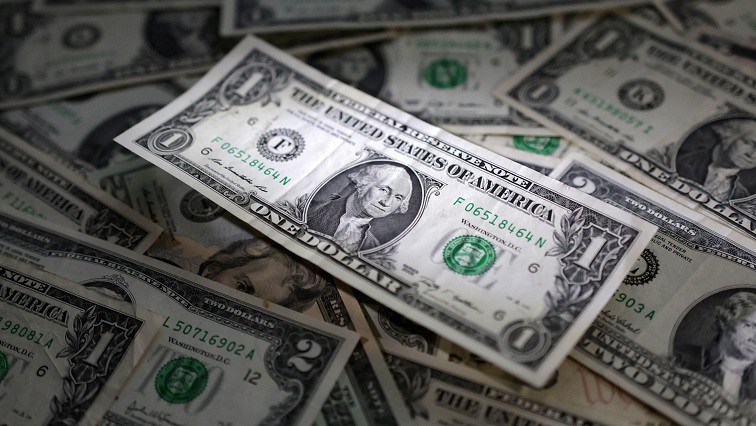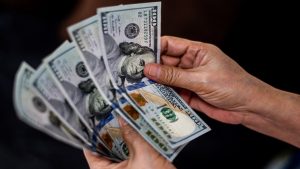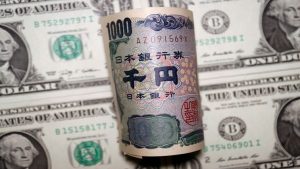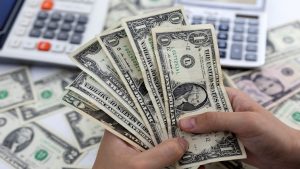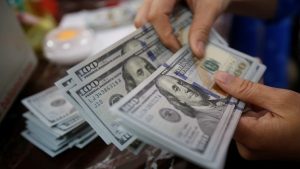The dollar gained on Tuesday after data showed that US retail sales rose more than expected in September, with investors also focused on a busy week of speeches by Federal Reserve officials.
Retail sales rose 0.7% last month as households boosted purchases of motor vehicles and spent more at restaurants and bars.
“The whole idea of the US economy slowing down in Q4 was that the consumer would pull back, and they ended Q3 on a very strong note,” said Marc Chandler, chief market strategist at Bannockburn Global Forex.
That said, “we haven’t seen as big of a rally in the dollar as one might have expected on such a strong retail sales number,” he added.
The dollar index was last up 0.16% at 106.40.
It is holding below the 107.34 level reached on October 3, the highest since November 2022.
The euro fell 0.11% to $1.0548.
It is up from $1.0448 on October 3, the lowest since December 2022.
Investors are focused on speeches this week by Fed officials, including Fed Chair Jerome Powell on Thursday, for further clues about interest rate policy.
The officials will enter a blackout period on October 21 before the Fed’s October 31 – November 1 meeting.
Traders are evaluating whether the US central bank may hike rates again as it battles to bring inflation closer to its 2% annual target.
Fed funds futures traders are pricing in a 43% chance of an additional interest rate hike this year, but only 12% odds of a rate increase next month, according to the CME Group’s FedWatch Tool.
The yen briefly surged but quickly trimmed gains after a media report that the Bank of Japan was considering raising its core CPI forecast for the 2023 and 2024 fiscal years but maintaining the inflation outlook for 2025.
The yen was last 149.77 per dollar, having strengthened to 148.75 after the report, as analysts said the knee-jerk reaction to higher inflation forecasts in the near term was negated by the longer-term projections.
“Central banks are not trying to hit the CPI targets in the near term,” said Colin Asher, senior economist at Mizuho.
“For my part, I see a decent risk that the BoJ is underestimating the risks of the CPI remaining elevated into FY25, which is one reason why I expect that the BoJ will be forced to tighten policy in the New Year,” Asher added.
Investors were also on edge for any signs of intervention by the Japanese authorities as the yen traded close to the 150 level that prompted officials to step in to buy the currency in 2022.
Japan’s top financial diplomat Masato Kanda said on Monday the yen was still perceived as a safe-haven asset like the dollar and the Swiss franc despite its recent weakness, and was benefiting from demand due to the conflict in the Middle East.
LOONIE, POUND DIP AS DATA DAMPENS HIKE EXPECTATIONS
The Canadian dollar weakened after Canada’s annual inflation rate unexpectedly slowed to 3.8% in September and underlying core measures also eased, prompting markets and analysts to trim bets for another interest rate hike next week.
The US dollar was last up 0.40% at 1.366 Canadian dollars.
The pound dipped after growth in British workers’ regular pay slowed from a previous record high and job vacancies also dropped, although the publication of some labour market data, including the unemployment rate, was delayed until next week.
Sterling was last at $1.2147, down 0.56% on the day, after jumping 0.6% on Monday.
The New Zealand dollar fell 0.79% to $0.5882 after data on Tuesday showed consumer inflation hit a two-year low, reducing expectations the central bank will hike the cash rate further in November.


